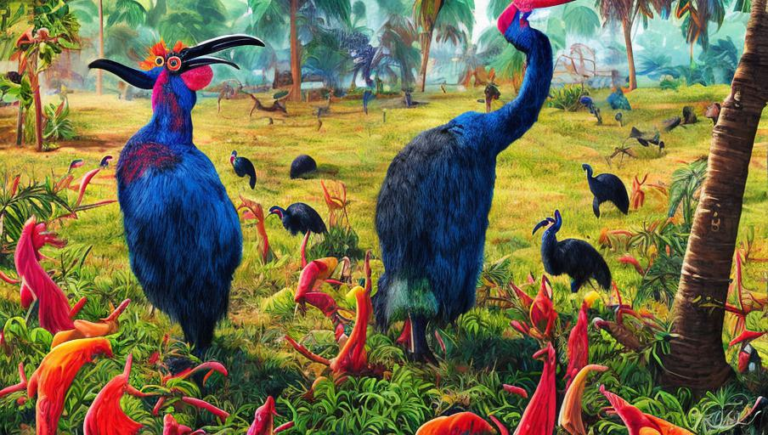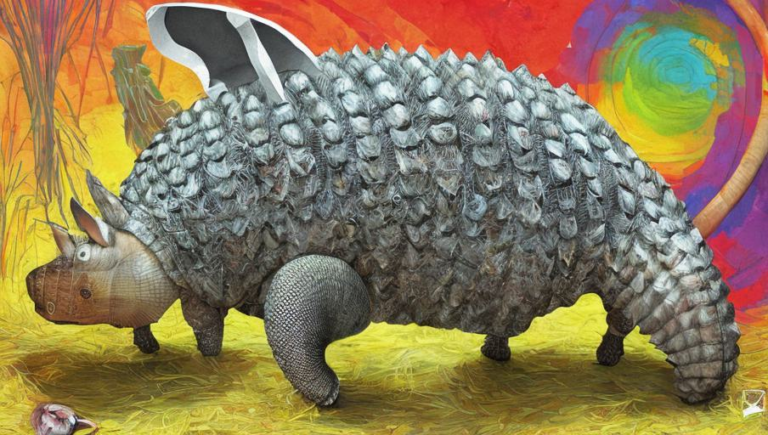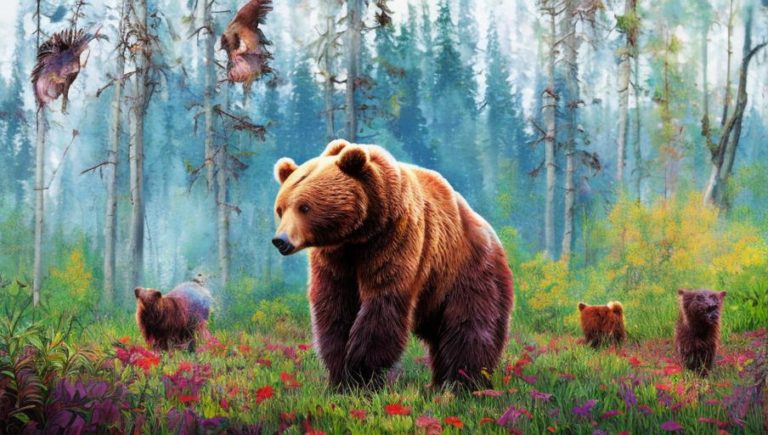Sustaining the Antelope Population

Introduction to the Antelope
The antelope is a magnificent mammal that inhabits many different regions across the world. They are known for their grace and agility, and they are also an important species in many different ecosystems. Antelope are a source of food for predators and their presence is important to the food chain. The antelope population is in danger of declining due to a variety of factors, including loss of habitat and poaching. It is important to take action to ensure the sustainability of the antelope population.
Antelope Habitats
Antelope can be found in a variety of different habitats, including grasslands, savannas, and woodlands. They typically live in herds and are fast runners, allowing them to escape predators. However, they are also sensitive to changes in their environment and can become easily stressed when their natural habitats are destroyed or disrupted. As humans continue to encroach on the wild, it is important to ensure that antelope have enough space to roam and forage for food.
Conservation Efforts
There are numerous organizations and initiatives dedicated to the conservation of antelope populations. The International Union for Conservation of Nature is a network of organizations that works to protect threatened species, including the antelope. The organization works with local communities to create sustainable habitats and provide training to local rangers and conservationists. Additionally, the African Wildlife Foundation works to protect antelope by providing education and resources to communities, such as fencing and anti-poaching patrols. These initiatives help to ensure that antelope populations remain healthy.
Human Impact
Humans have a significant impact on the antelope population. Poaching is one of the greatest threats to antelope and can decimate entire herds. Additionally, human activities, such as logging and agricultural expansion, can reduce the availability of food and habitat, leading to a decrease in antelope numbers. It is important to take action to reduce the human impact on antelope populations.
Supporting the Antelope Population
There are a number of ways to help support the antelope population. One way is to support organizations and initiatives that are dedicated to antelope conservation. Donations to these organizations can provide resources for anti-poaching patrols, habitat restoration, and research. Additionally, individuals can help by spreading awareness about the plight of the antelope and by advocating for their protection. Finally, individuals can also take action in their local areas by helping to create habitats for antelope and other wildlife.
Conclusion
The antelope is an important species in many different ecosystems and is in danger of declining due to human activities and poaching. It is important to take action to ensure the sustainability of the antelope population by supporting conservation efforts, spreading awareness, and taking action in our own local areas. By taking these steps, we can help to ensure that the antelope population remains healthy and can continue to thrive.





